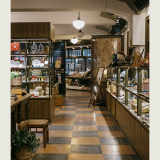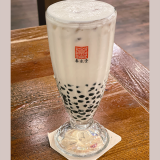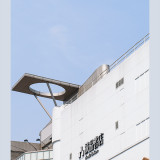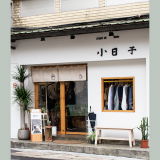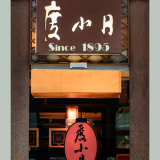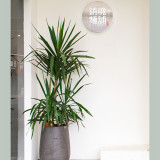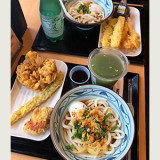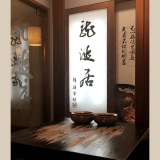Tainan is sometimes called the Kyoto of Taiwan. And while city parallels can be as flawed as they are helpful, there is a certain historic, traditional charm to the city, and ample temples to warrant the comparison. But in many ways Tainan could be the Osaka of Taiwan, known for its food, particularly the xiaochi, it’s a mecca for whole in the wall unfussy foods that are a source of national pride.
Imperfect city comparisons aside, there are a few objective truths. Tainan is the oldest city in Taiwan, so it’s a great place to see and learn about the history. Tainan is also a smaller city, with a population smaller than Taoyuan. And it feels smaller, more quiet, a little slower, a little more local. It has the most temples than any other city in Taiwan. Historic monuments and integrated parts of daily life.
You can see signs of its history throughout the city. There’s heavy Japanese influence. Some of the main attractions of the city are artifacts of past eras of colonization. Dutch forts, British merchants, the mixing of Chinese and western cultures from centuries ago still standing in the present.
But today’s Tainan is so much more than its history. It’s a small city that has a strong identity. That holds so much pride in its culinary heritage. That is investing in local crafts and industries and the arts, and inspiring new generations of creators and makers and founders to thrive.
getting here
Tainan is easily accessible from the major cities of Taiwan. Connected to the west side efficiently by high speed rail, it’s less than two hours from Taipei, and just minutes from Kaohsiung. It is also well connected by the train network, with express and local trains offering extensive coverage into the more rural surroundings of the county. There are also long distance buses from other city hubs, the most affordable (but also most time consuming) option.
Is there an airport? Technically yes. But does anyone use it? No, just take the train!
local transportation
Like other southern cities, Tainan is more of a commuter city, where most people buzz around by motor scooters or cars. Public transportation is limited to local buses, which are not the most tourist friendly if you don’t speak Chinese (or Taiwanese, as many of the bus drivers would). In the city center and around main tourist attractions it’s pretty easy to hail a cab. And there’s increasingly more ride share options as well. They are as of 2023 integrating You Bike (the same system from Taipei) to replace the former T-bike for local bike share.
where to stay
A majority of hotels in Tainan are in the city center. If you’re coming or going by train, it’s always nice to stay close to the train station. But generally for shorter trips, anything in the West Central District should be pretty convenient to be able to walk around a lot of the main areas and take quick cabs to certain attractions. There are some hotels by the water and in Anping as well. Generally hotels are cheaper here than in other main cities, and there’s a good range from affordable hostels and business hotels to newer luxury hotels.


